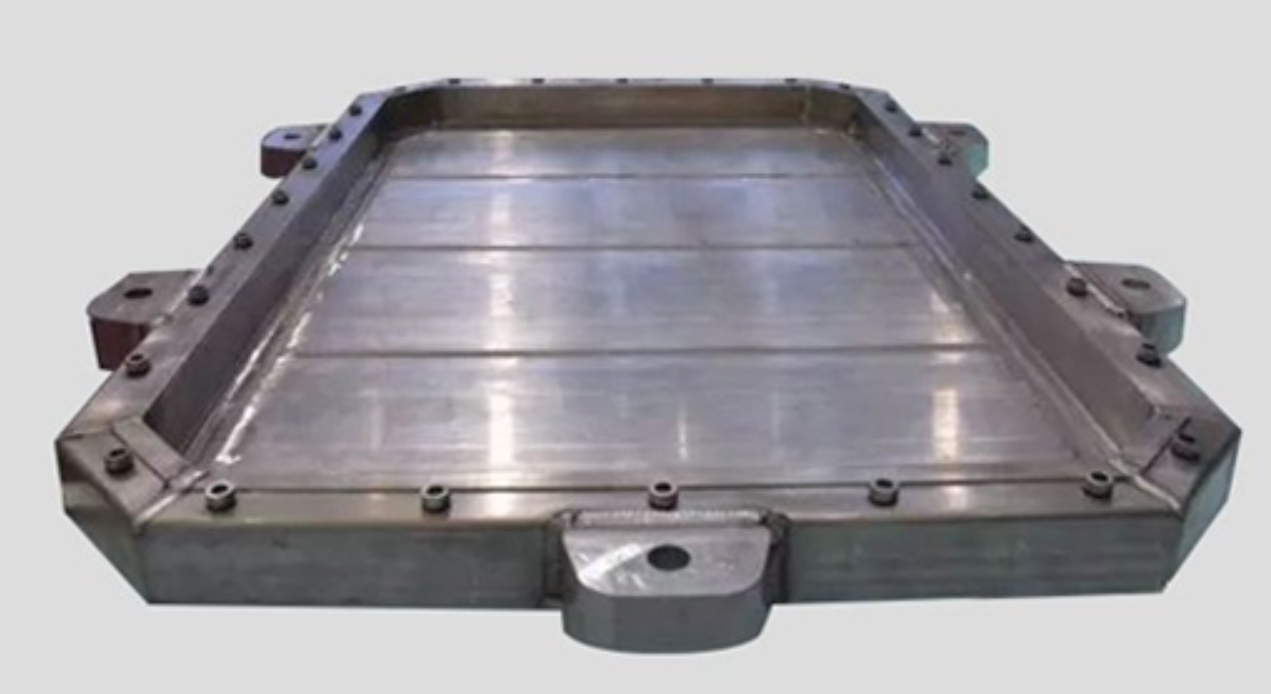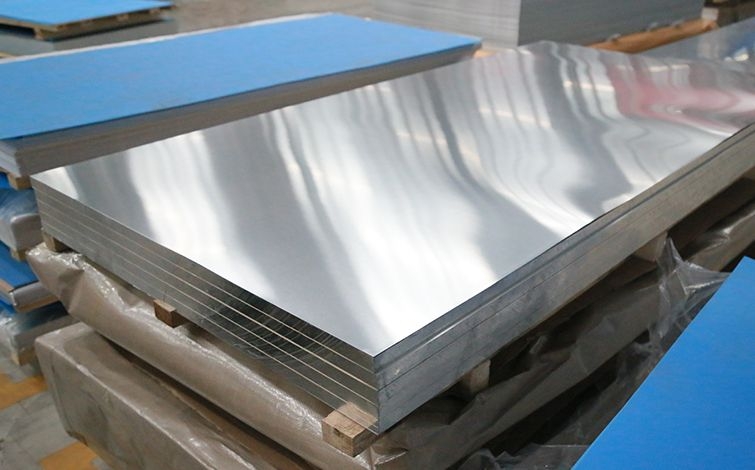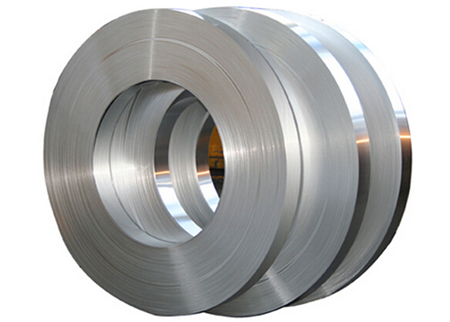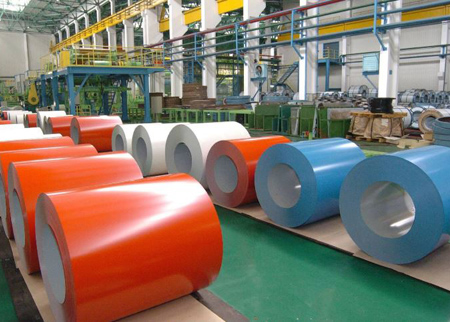



The difference between the anodising properties of aluminium alloy sheets and those of pure aluminium sheets actually reflects the significant role of alloying and impurity elements, as well as the significant influence of the organisation and surface condition.
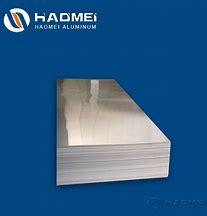
Anodising of aluminium alloys can be carried out for different purposes: protective anodising to improve the corrosion resistance of the aluminium substrate; decorative anodising for the main purpose of appearance; hard anodising for the purpose of wear resistance of the surface for engineering applications; and sometimes the colourability of the anodised film or the maintenance of the brightness of the original surface is required. One alloy cannot be suitable for all types of anodising; nor will any one anodising be suitable for all all alloys.
The anodising characteristics of aluminium alloy sheets are different from those of pure aluminium sheets. This is due to the different roles played by the alloying elements in the anodising process, often through the different chemical behaviour of their intermetallic compounds in the anodising process. The intermetallic compounds commonly found in aluminium alloys are shown. These intermetallic compounds are broadly divided into three categories: Type I intermetallic compounds do not change in anodising and are incorporated into the oxide film; Type II intermetallic compounds oxidise at a slower or similar rate than aluminium in anodising and are incorporated (or dissolved) into the oxide film; Type III intermetallic compounds oxidise at a faster rate than aluminium in anodising and are incorporated (or dissolved) into the oxide film.
For colourless and transparent anodised films, optical transparency and structural homogeneity are the most essential requirements, making it all the more important to understand the chemical behaviour of the intermetallic compound phases during the anodising process. In the anodising process of aluminium alloy and pure aluminium plates, the Class I intermetallic compound mass itself does not change and is added to the oxide film, the second phase of the intermetallic compound in the film becomes a light absorbing or light reflecting centre, which inevitably reduces the transparency of the film or even turns it grey.
* Thank you for your inquiry. Please provide your business needs information so that we can better serve you.
This information can help us assign the most suitable person to solve your problem. We will give you feedback within 1-2 working days.
Related Blog
